Menu
About Us
The Problems We Are Addressing
It is estimated that in low and middle-income countries, 90% of Children with Disabilities do not attend school — The Global Partnership for Education
In developing countries, 80% to 90% of People with Disabilities of working age are unemployed while in industrialized countries the unemployment rate is between 50% to 70%. — United Nations | Department of Economic and Social Affairs | Disability
The Solutions
- Inclusive and accessible skills training for online employment
- Well-being sessions for life skills and increasing self-worth
- Employment support for increasing employability
- Partnership for inclusive hiring
Our Formula
Inclusive and Accessible Skills Training – Many online jobs are skill-based and do not require college education. We train our students on in-demand skills like lead generation, graphic design, e-commerce, graphic design, video editing, content writing, social media management, and others.
Well-being Sessions – Facilitated by resident psychologists, the well-being session is designed to help the participants process their negative experiences and to improve their life skills, especially on managing their emotions and planning for their future. The sessions helped the talents to be better prepared in joining the workforce.
Employment Support – To increase the chances of employability, activities like job shadowing, mentorship, mock interview, apprenticeship, and workshops on job interview, resume-making, and confidence building are done.
Partnership for Inclusive Hiring – We conduct inclusive hiring workshops for organizations to accommodate talents with disabilities. Our main employment partner is Spectrum Impact Sourcing.

The Virtualahan Management Team
Our management team has 30+ years combined experience in inclusive training and employment, 20+ years experience in leadership and social entrepreneurship, and 15+ years experience in wellbeing and community building.

Ryan Gersava
Founder & Chief Executive Officer

Rose Villamor
Chief Empathy Officer

Josh Gersava
Chief Operations Officer
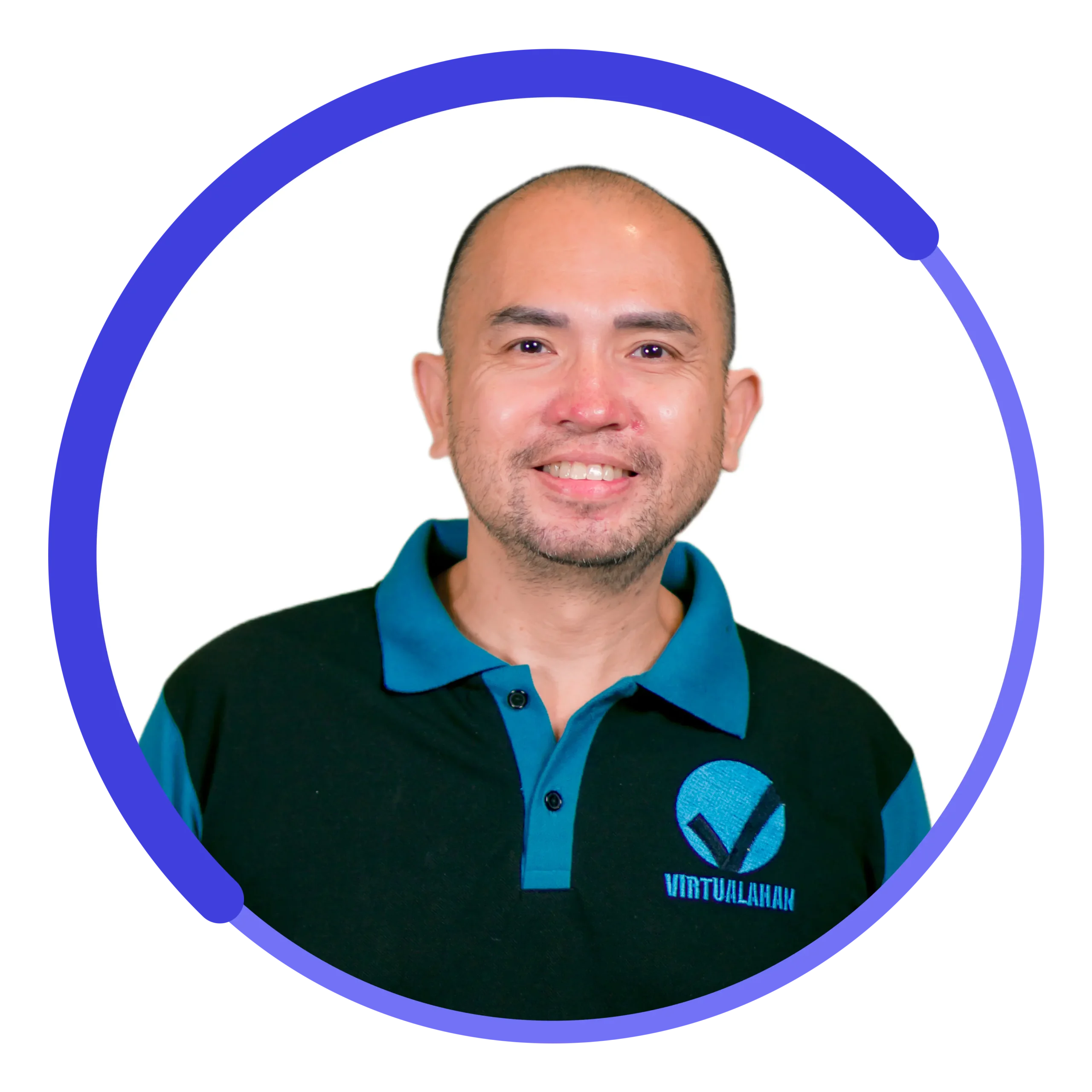
Mario Salcedo
Chief Finance Officer
The Virtualahan Board of Directors
Our board of directors is a diverse group of individuals who have been championing Virtualahan in various ways for years. From being our graduates to mentors and enablers, they bring a wealth of experience to the table. With their expertise, commitment, and passion for service, we’re excited to see the positive impact they will bring to Virtualahan and beyond.
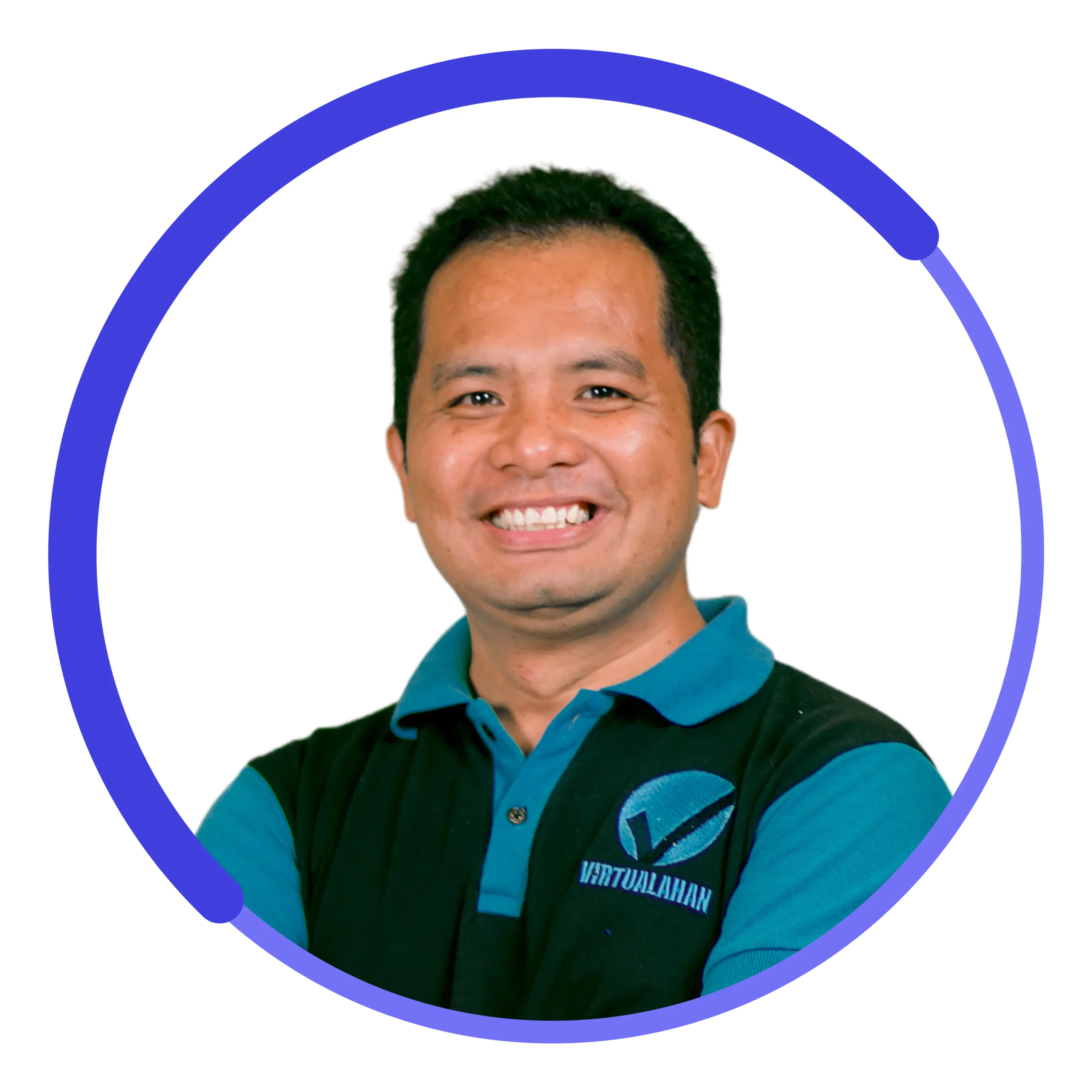
Alfred Gersava
Chairman
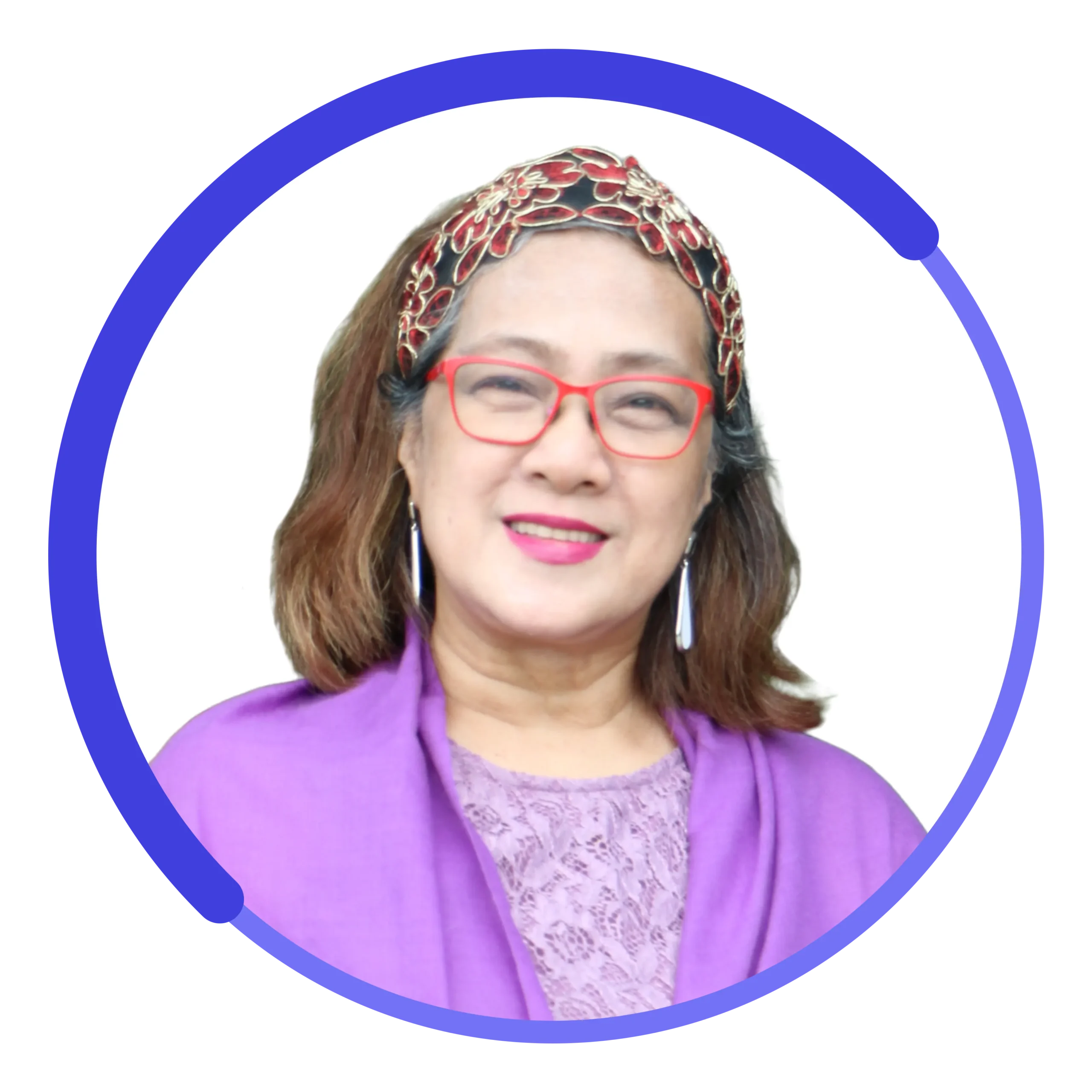
Carmen Zubiaga
Vice Chairman

Azey Atok
Secretary | Virtualahan Graduate
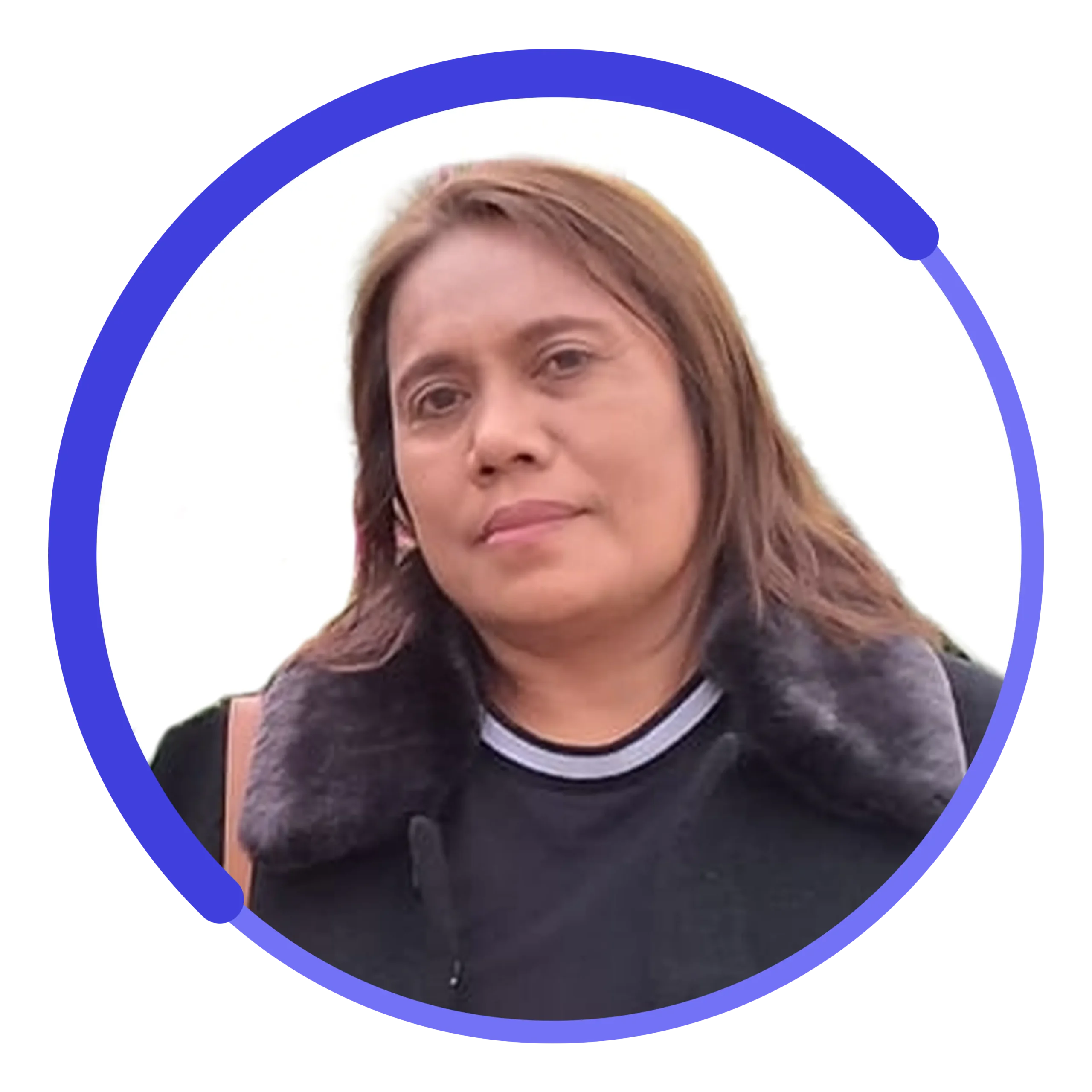
Virgie Botenes
Treasurer | Virtualahan Graduate

Christian Ehl
Board Member

Zeuz Oliveros
Board Member | Virtualahan Graduate

Terri Jayme
Board Member

Katherine Khoo
Board Member

Mission
Virtualahan is a community that breaks down barriers using the equalizing power of technology. We co-create a safe and inclusive space for life-long learning, nurture well-being, entrepreneurship, and change-making. We provide excluded communities with economic opportunities and life skills to become productive and work with businesses and organizations in building a diverse and inclusive future.
Vision
We envision a world where everyone has access to inclusive training and a workplace where people can find true belonging.
Our Approach
We are maximizing the individual potentials of Persons with Disabilities and other excluded groups through five-week online skills training using life-long learning approach, two-weeks of employment support, three weeks apprenticeship, and one-year life coaching. In the process, we help restore their dignity and confidence which opens doors for healing, economic empowerment, and active citizenship. In parallel, we also educate our employment partners and help them improve their diversity and inclusion programs.
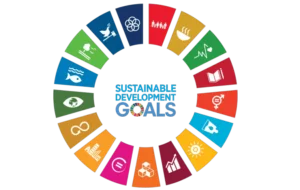
Sustainable Development Goals Focus
-
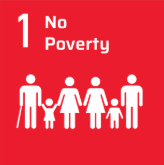 SDG 1.1: By 2030, eradicate extreme poverty for all people everywhere, currently measured as people living on less than $1.25 a day
SDG 1.1: By 2030, eradicate extreme poverty for all people everywhere, currently measured as people living on less than $1.25 a day -
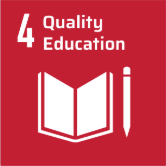 SDG 4.5: By 2030, eliminate gender disparities in education and ensure equal access to all levels of education and vocational training for the vulnerable, including persons with disabilities, indigenous peoples, and children in vulnerable situations
SDG 4.5: By 2030, eliminate gender disparities in education and ensure equal access to all levels of education and vocational training for the vulnerable, including persons with disabilities, indigenous peoples, and children in vulnerable situations -
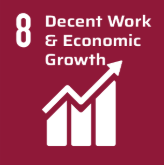 SDG 8.5: By 2030, achieve full and productive employment and decent work for all women and men, including for young people and persons with disabilities, and equal pay for work of equal value
SDG 8.5: By 2030, achieve full and productive employment and decent work for all women and men, including for young people and persons with disabilities, and equal pay for work of equal value -
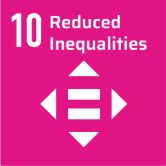 SDG 10.2: By 2030, empower and promote the social, economic, and political inclusion of all, irrespective of age, sex, disability, race, ethnicity, origin, religion or economic or other status.
SDG 10.2: By 2030, empower and promote the social, economic, and political inclusion of all, irrespective of age, sex, disability, race, ethnicity, origin, religion or economic or other status.
Affiliations

Ashoka
Virtualahan is proud to be part of the Ashoka Fellowship, a global network of leading social innovators. This affiliation affirms our commitment to systemic change and inclusive employment. As an Ashoka Fellow, our founder gains access to resources and collaborative opportunities that help scale Virtualahan’s impact across marginalized communities in the Philippines.
![RyanGersavaTedTalk[1]](https://virtualahan.com/wp-content/uploads/2025/04/Ryan20Gersava20Ted20Talk1-246x171.webp)
TED Fellows
Virtualahan’s founder is a TED Fellow, joining a global community of trailblazing change-makers. Through this platform, our work is shared with a global audience, opening doors to new partnerships and innovations. TED’s support strengthens our mission to redefine disability and empower marginalized groups through digital employment and inclusive education.

Global Good Fund
The Global Good Fund supports Virtualahan through leadership development and mentorship tailored for high-impact social entrepreneurs. This partnership enhances our organizational growth and sustainability, allowing us to expand our reach and empower more individuals from underserved communities with dignified, digital livelihoods.
Context
In the Philippines, over 12% of the population, or approximately 13 million people, live with some form of disability (NDPS/2016). Despite laws like the Magna Carta for Persons with Disabilities and the country’s commitment to the UN Convention on the Rights of Persons with Disabilities (UNCRPD), unemployment among persons with disabilities (PWDs) remains a systemic issue.
Public and private employers are not equipped to comply with the laws for inclusive employment. They also lack the skills and resources needed to include talents with disabilities in their workforce; perpetuating a cycle of poverty, social exclusion, and wasted human capital.
Problem Tree
The problem statement is at the center. Numbers 1-4 are the root causes of the problem and numbers 5-8 are the consequences.
Increased Poverty
5.1 PWDs face higher poverty rates due to limited employment opportunities, resulting in reduced income and economic instability.
Inadequate Social Protection
6.1 Exclusion from employment often means PWDs lack access to social protection measures, leaving them vulnerable without essential safety nets.
Increased Dependency
7.1 Without employment, PWDs may depend more on governmental or charitable aid, increasing societal costs and perpetuating dependency.
Lower Quality of Life
8.1Unemployment among PWDs correlates with diminished well-being, limited access to healthcare, and reduced social participation, adversely affecting their overall quality of life.
Education System
1.1 Limited access to formal education results in a significant number of children with disabilities not attending school, hindering future employment opportunities.
Political Systems
2.1 Passive enforcement of disability laws due to lack of political will perpetuates workplace exclusion, undermining legal protections for PWDs.
Information Systems
3.1 Lack of reliable data on disability and employment hinders effective policymaking and program implementation, obstructing progress toward inclusion.
Employment System
Employers miss their 1% employment quota for employees with disabilities due to lack of formal training in compliance and workplace inclusion
Root-cause Analysis of the Problem Tree
- Employment System (Highest Priority)
- Why: The employment system directly impacts PWDs’ livelihoods, addressing the core issue of unemployment and poverty. MSMEs, which make up 99.5% of businesses and employ 63% of the workforce, offer a scalable solution. Reforms here have an immediate ripple effect, reducing Virtualahan’s 148-year timeline by decades. Enabling MSMEs and LGUs to implement inclusive practices aligns with national economic priorities, generates measurable ROI, and positions the Philippines as a leader in global disability inclusion.
Impact Perspective: The employment system delivers the quickest, most visible results by integrating PWDs into the workforce, fostering independence, and increasing economic participation.
- Education System
- Why: Inclusive education creates a long-term talent pipeline, breaking intergenerational cycles of poverty. With 49% of Filipino children with disabilities out of school, prioritizing accessibility and teacher training ensures future employability and workforce readiness. Countries with strong inclusive education systems report up to a 50% increase in PWD employment rates.
Impact Perspective: While slower to show immediate results, education reforms ensure a steady supply of skilled, empowered PWDs to sustain inclusive labor markets in the long term.
- Political System
- Why: Political will drives systemic change by enforcing laws like the Magna Carta for PWDs. Active LGU engagement and incentivized MSME compliance can increase PWD employment by 20% globally. Robust enforcement ensures that reforms across employment and education systems are sustained.
Impact Perspective: Political reform is crucial for ensuring accountability and scaling initiatives, but its effectiveness depends on public buy-in and complementary efforts in other systems.
- Information System (Foundational Priority)
- Why: Comprehensive data is the backbone of effective policymaking, enabling targeted interventions and real-time progress tracking. Countries with reliable data achieve 25% higher program success rates. While foundational, its impact is indirect, influencing the effectiveness of other systems.
- Impact Perspective: Data infrastructure is essential but acts as a support mechanism rather than a direct solution, making it less immediately impactful compared to employment or education reforms.
The Disability Advantage
Economic Opportunity:
- The World Health Organization estimates that over 1.3 billion people – 15% to 20% of the global population – experience disability. This group, along with their friends and family, has a spending power of $13 trillion
Studies show that hiring PWDs increases productivity, profitability, and market value. Organizations with strong inclusion practices report 28% higher revenue per employee and higher retention rates, reducing recruitment costs. Accenture’s report highlights that companies leading in disability inclusion achieve 1.6 times more revenue and 2 times more net income than their peers.
- Inclusive Employers experience a boost in productivity and enhanced workplace morale.
Untapped Workforce:
Around 2 million Filipinos with disabilities are of working age. Activating this demographic could reduce unemployment rates significantly and infuse the economy with skilled, motivated workers.
Political Leverage:
- Inclusion aligns with the Philippine government’s commitments under the UNCRPD and the President’s State of the Nation Address advocating for PWD welfare. Disability inclusion is a politically advantageous agenda for leaders, especially during elections.
